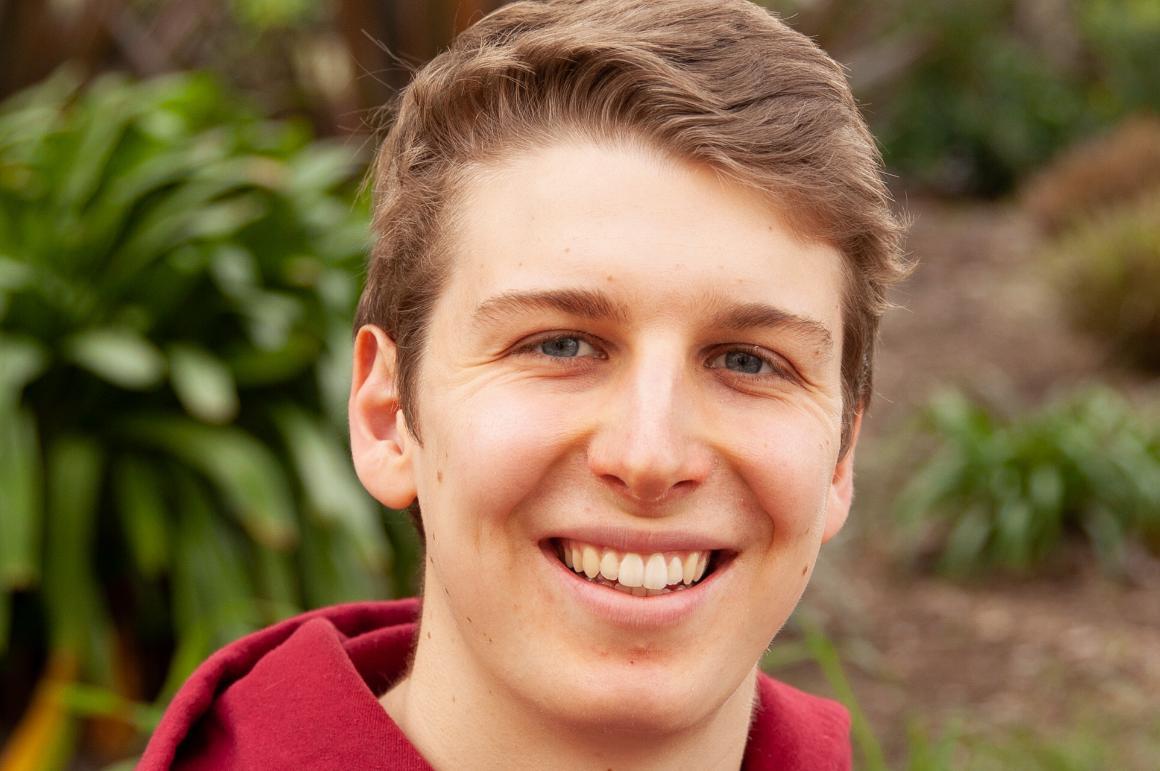
Graduating from Grief to Gratitude
This story was originally published in The Mercury News.
When my business capstone team wore Mickey Mouse ears and presented about Disney+ on Monday, March 16, I had no idea it would be the last time I ever stepped foot in a classroom at Santa Clara University. In the final five minutes of class, the first coronavirus email arrived, canceling classes for three weeks. Seven days later, what remained of my college career evaporated.
So many things I took for granted were gone: random encounters in the library, gatherings with friends, friendly waves between classes, casual chats in the gym and events around campus—even those awkward handshake-or-hug moments, which seem unfathomable now.
I’m especially disappointed in the abrupt finale to my college experience. I have felt more at home at Santa Clara during the past two quarters than ever before, and it’s unfortunate that my senior peers and I won’t get a traditional spring quarter to celebrate how far we’ve come.
While many people globally are devastated by the pandemic, I’m incredibly privileged to stay at home reading, watching movies and working on classes. While people are losing jobs and stability, I’m merely losing the opportunity to spend time with friends. Even still, I’m trying to give myself space to feel the range of emotions that accompany the isolation of shelter-in-place.
But there’s another side to the pandemic I’ve started to notice. As sadness and anxiety evolve into new routines, I think we have much to learn from this new season.
Winston Churchill once said, “Never waste a good crisis.” This crisis has the potential to change us both individually and collectively for the better, though the growth may not be welcome or comfortable.
Hopefully, we will wake up to our interconnected humanity — there are countless examples of creativity and kindness all over the internet to prove progress on this point.
On a personal level, I’m finding that the pandemic is revealing the need for increased intentionality with how I spend my time. Without the on-campus community and structured gatherings, staying in touch with friends requires more active effort than before. I’ve found the extra alone time to be an excellent opportunity to read and reflect, but I’ve also appreciated spontaneous calls to friends when loneliness creeps in.
The shelter-in-place has also radically emptied my schedule and thus offered a new way for me to look at time. Our fast-paced culture encourages a view of time as something we efficiently exploit rather than simply exist within. I’m hoping to practice slowing down and being present to daily life during this strange in-between season.
I hope that we can eventually meander from grief to gratitude, from anger to acceptance. And along the journey, I propose that students take a moment to ponder a seemingly ridiculous thought exercise.
Let’s imagine that in 10 years you’re sitting at a dinner party and the topic of the Great Quarantine of 2020 comes up. You say to a friend, “You know, from where I’m sitting, spring of 2020 was actually one of the most impactful experiences in college. It was during that time that I learned and grew the most.” If that preposterous statement happened to be true in 10 years, why might that be?
Think forward. What would you have done or learned during these three months?
Perhaps you’ll start a new project or hobby. Perhaps you’ll worry less about what others think of you. Perhaps you’ll find delight in something simple that you previously ignored.
Now certainly, the opposite of our hypothetical rosy scenario may be true. You may feel more lonely than any other time in college or life. But imagining a different story is the first step to living it.
I’m trying to establish a new way of living, and I’m grateful to be safe and healthy. I’m saddened by what has been lost and fearful of the global challenges to come. I miss fist-bumps and hugs. But the best routine for spring seems to involve finding a rhythm where creativity, intentionality, virtual connection, and self-compassion can flourish.